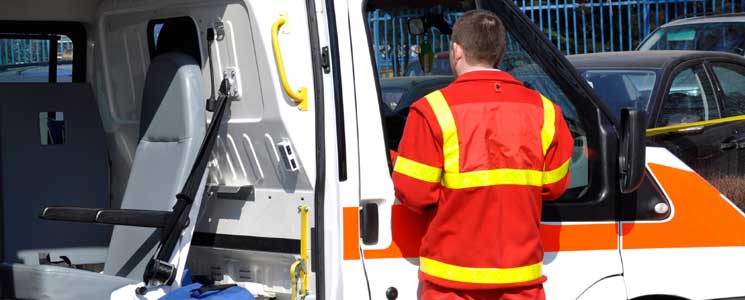Emergency Medical Services (EMS)
What is this Service?
Emergency Medical Services (EMS), increasingly referred to as paramedic services, provides emergency care to stabilize a patient’s condition, initiates rapid transport to hospitals, and facilitates both emergency and non-emergency transfers between medical facilities.
Specific objectives include:
-
All citizens should have equal access to ambulance services
-
Ambulance services are an integrated part of the overall emergency health care services
-
The closest available and appropriate ambulance responds to a patient regardless of political, administrative or other artificial boundaries
-
Ambulance service operators are medically, operationally and financially accountable to provide service of the highest possible caliber
-
Ambulance services must adapt to the changing health care, demographic, socio-economic and medical needs in their area
Influencing Factors:
- Community Services: Community paramedicine, tactical teams, multi-patient transport units, bike and marine teams are examples of services being provided by municipalities to meet the needs of their community. System design and service delivery are impacted by the ratio of Advanced Care Paramedics vs. Primary Care Paramedics.
- Demographics: Age and health status of the population has an impact on the number and severity of calls. An older population can increase the demand for services, as can seasonal visitors and the inflow of workers from other communities during the day.
- Dispatch: The system, processes and governance of the dispatch impact the efficiency and effectiveness of the land ambulance operation. Local control or influence of dispatch operations has a direct influence on Emergency Medical Services/Paramedic Services operations.
- Governance: All Emergency Medical Services/Paramedic Services operations are governed and regulated provincially pursuant to the Ambulance Act including minimum operational standards. Budgeted Resources, Local Response Times Standards and Deployment Plans are mandated by Council.
- Hospital Delay: Emergency Medical Services/Paramedic Services face varying lengths of delays in the off-load of patients at local hospitals, which can impact the resources required and availability to respond to calls.
- Non Residents: Visitors, workers, tourists and out of town hospital patients can increase the call volume but are not reflected in the measures (population is that of municipality only).
- Urban vs. Rural: Mix of urban vs. rural geography can influence response time and cost factors. Traffic congestion can make navigating roads more difficult, resulting in longer response times. Large rural geographic areas can make it challenging to provide cost-effective, timely emergency coverage.
- Vehicle Mix: Emergency Medical Services/Paramedic Services use a varying mixture of response vehicles which have differing levels of staffing.

